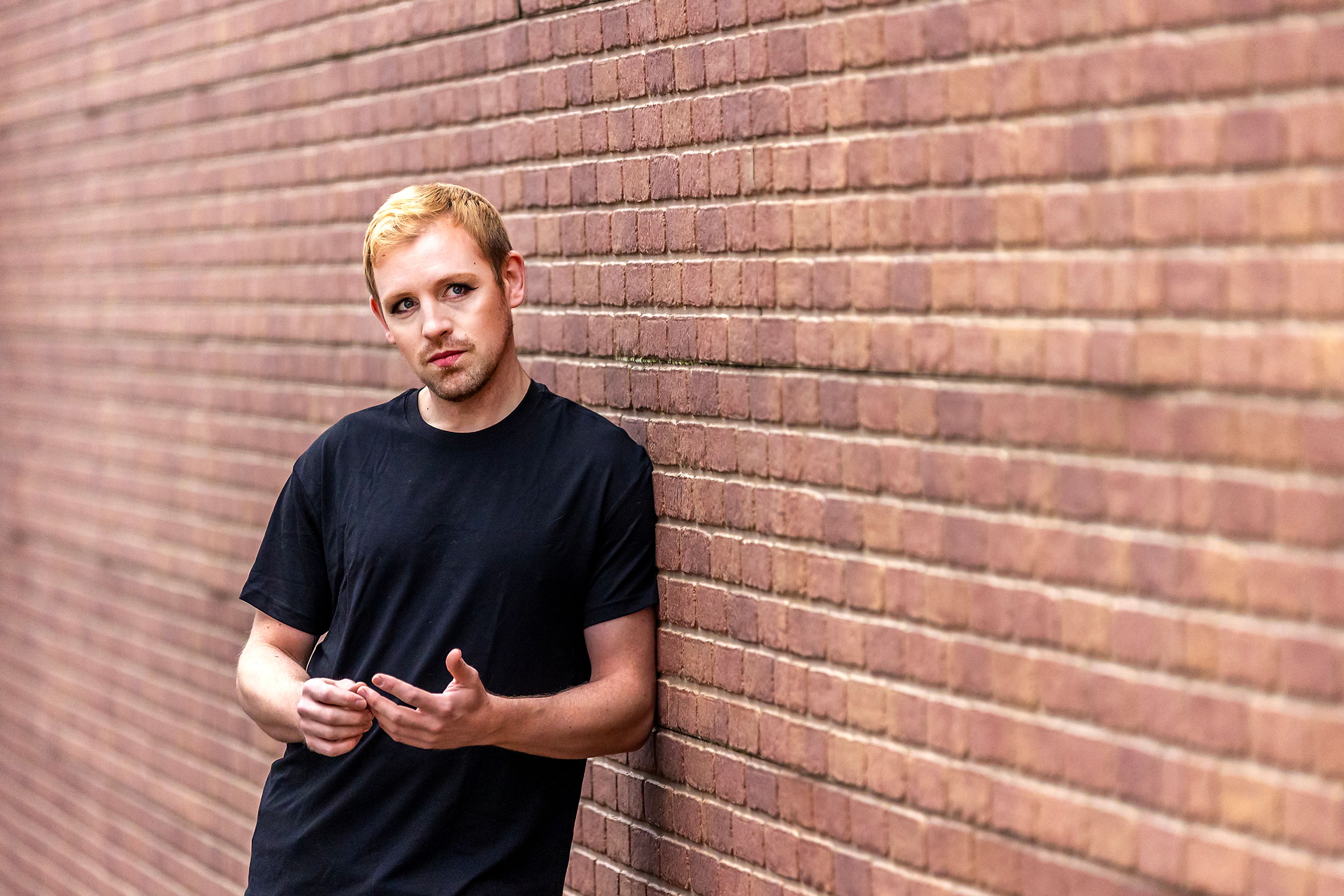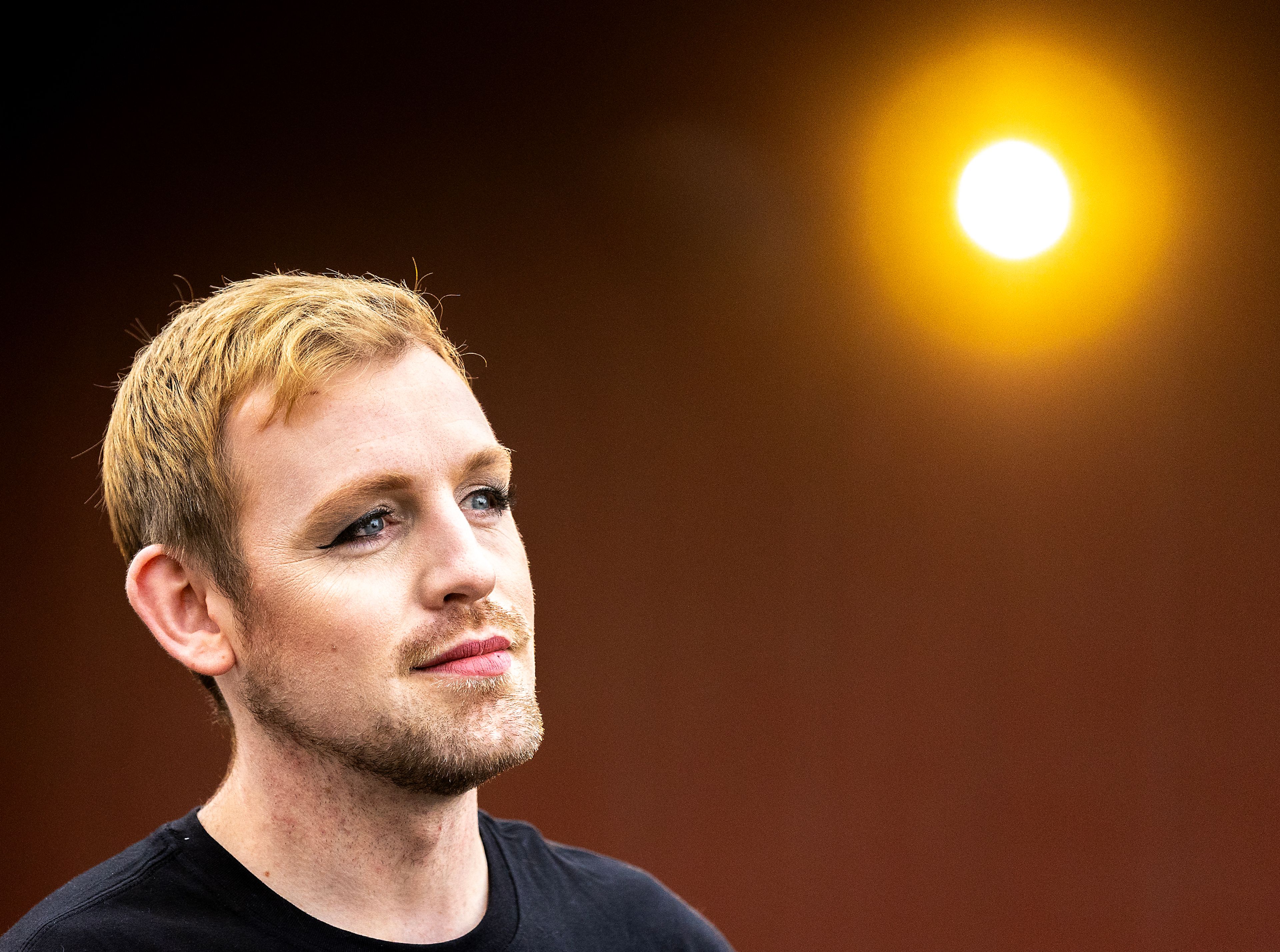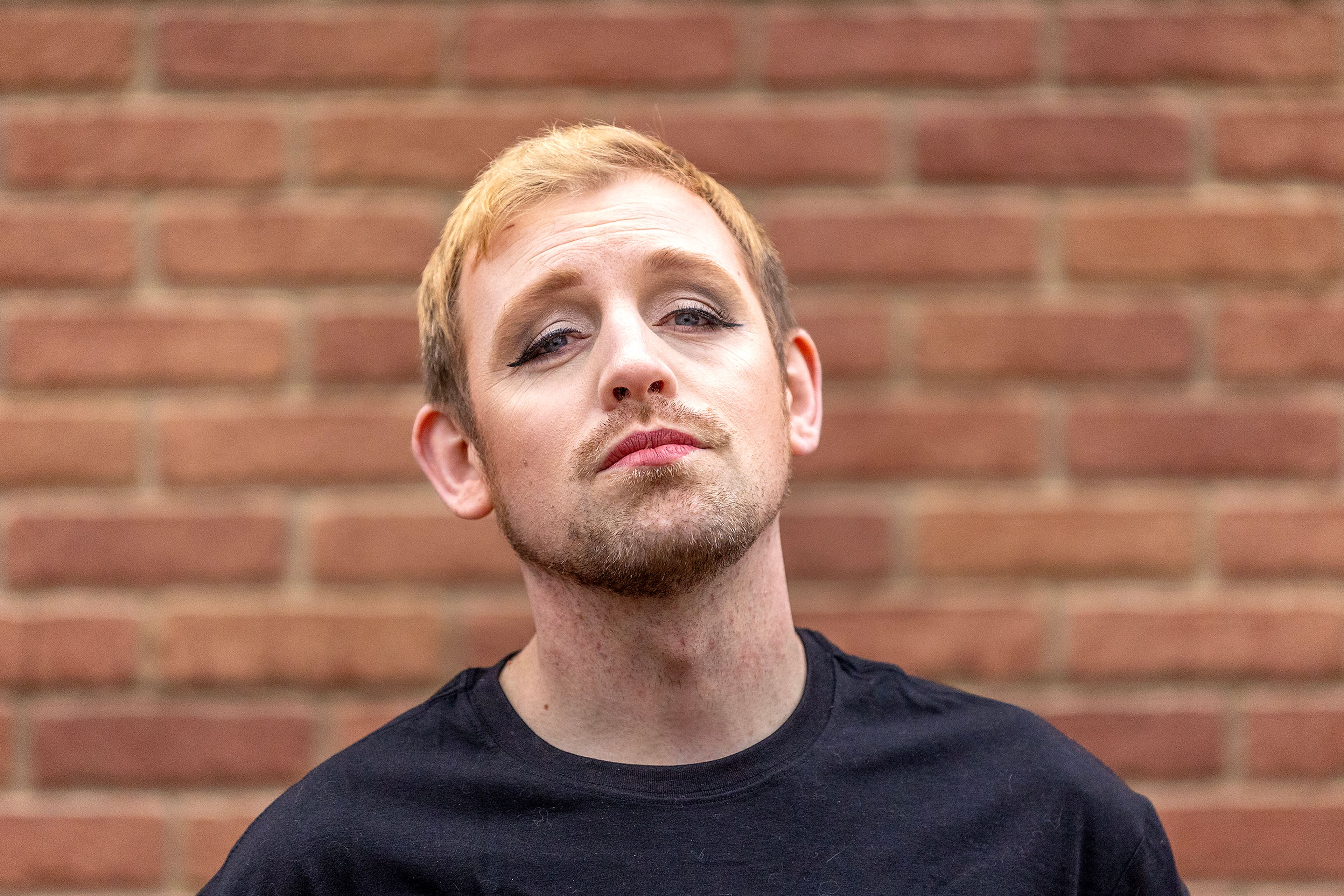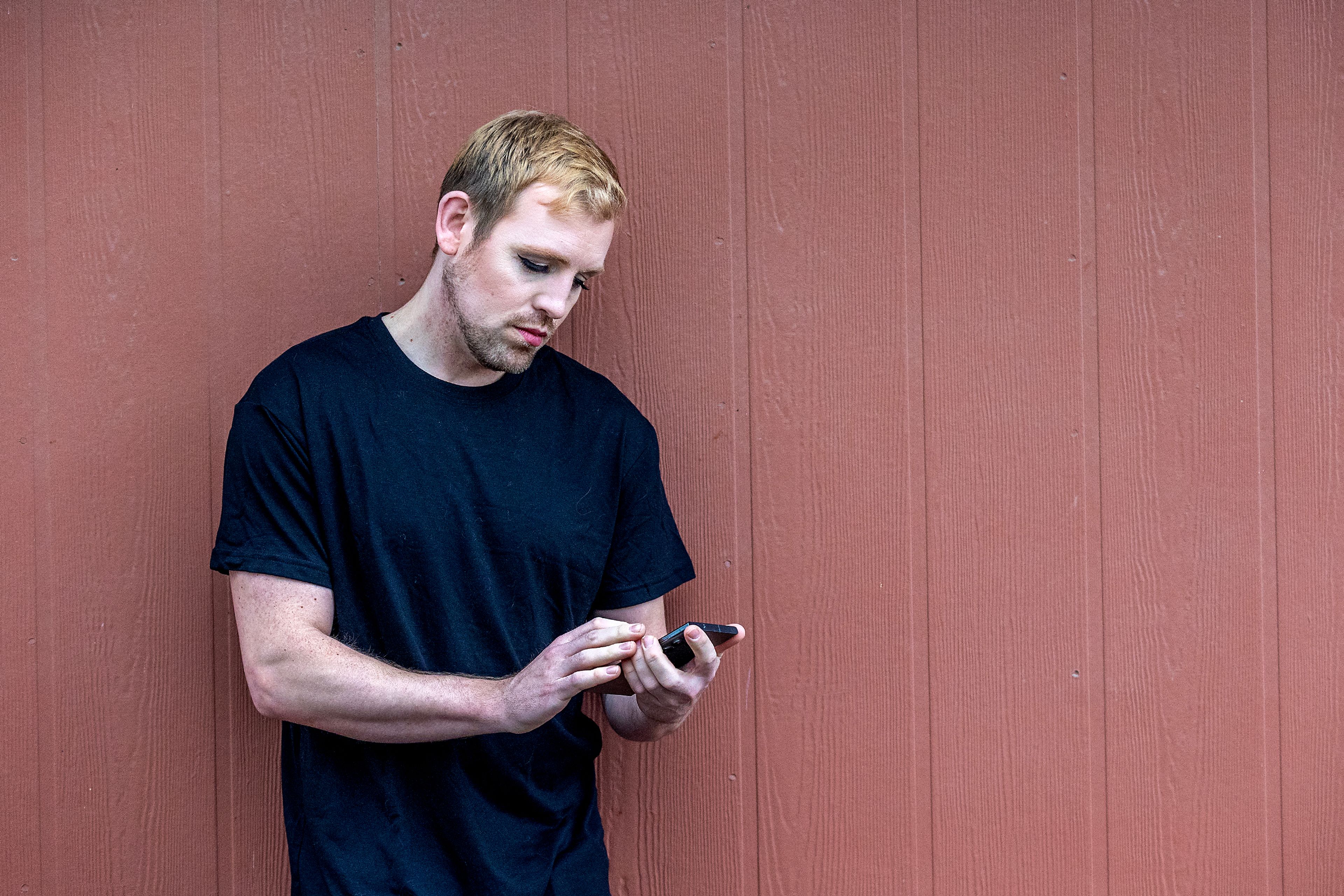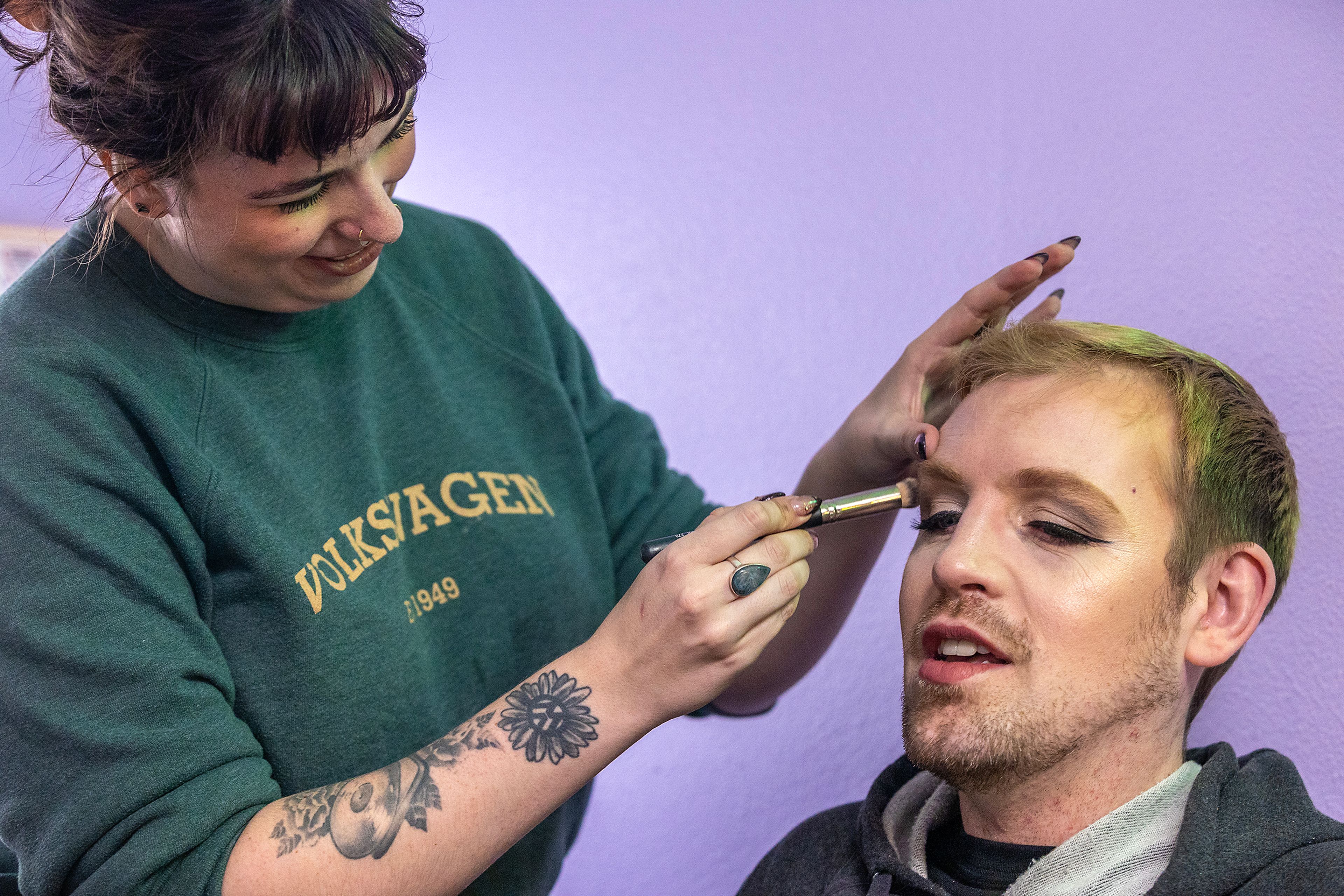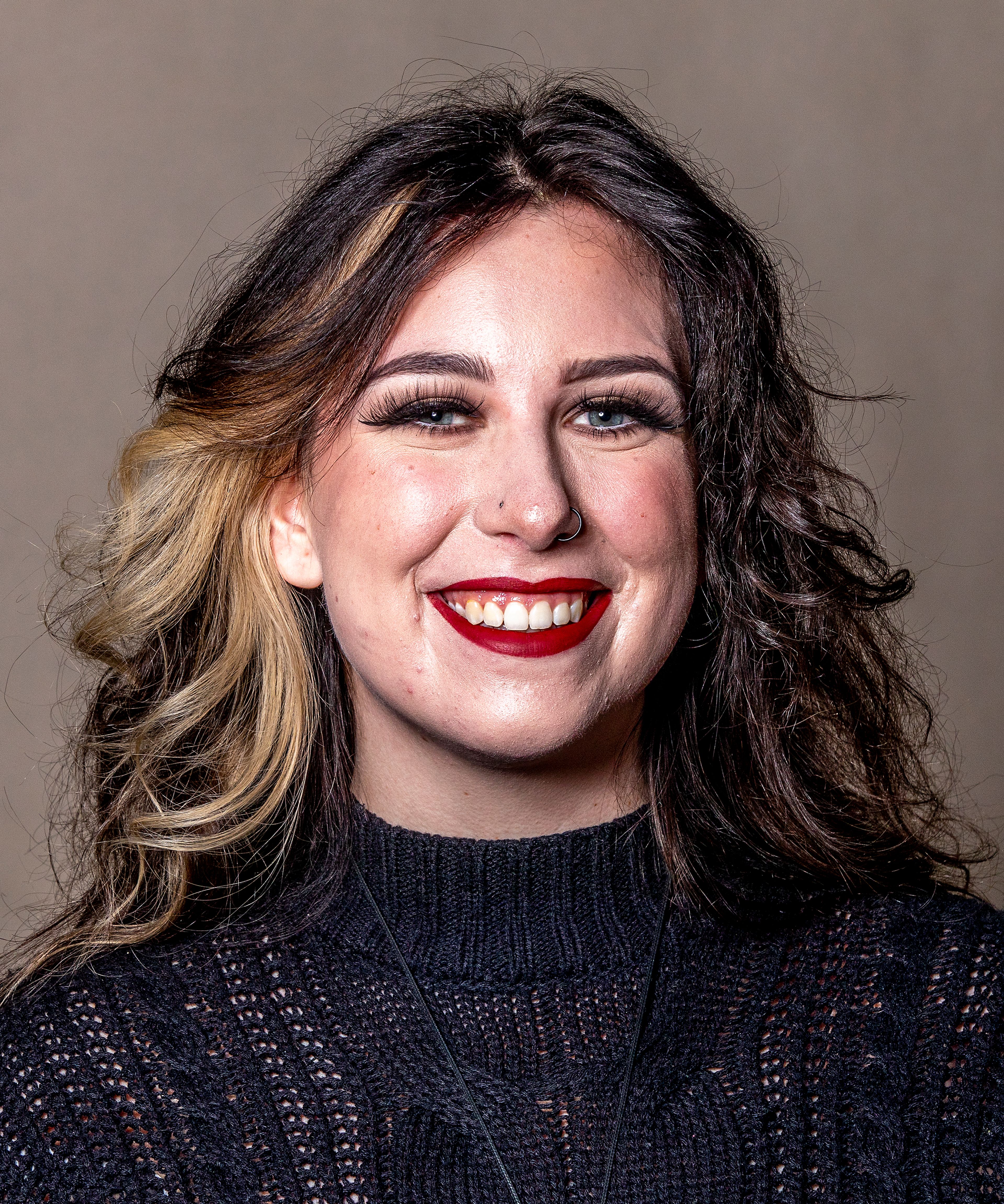Makeup by the Eras: Influenced
The 2010s mark makeup’s YouTube era
The year was 2010: Apple launched the first iPad, Uber came onto the scene and Barack Obama was early in his presidency.
Lady Gaga wore the infamous meat dress to the MTV Video Music Awards, and Ke$ha’s song “Tik Tok” was the No. 1 song of the year.
Makeupwise, I believe it was the most influential decade I’ve written about in this series, and my main reason for that is YouTube.
YouTube launched in 2005, and by July 2006 users were uploading an estimated 65,000 videos daily with more than 100 million video views per day, according to digitalsurgeons.com. By February 2017, there were more than 400 hours of content uploaded every minute and one billion hours of content being watched on YouTube every day.
By the end of the decade, the platform reported more than 700 million views of beauty-related content monthly, heralding the rise of the beauty influencer. Future customers were engaged with YouTube, but the big beauty brands such as Estee Lauder and Lancome weren’t contributing to the content as much as you might think, with their videos representing only 3% of total views. Individual beauty influencers controlled 97% of all beauty-related videos.
Some of the top beauty influencers on the platform included Jaclyn Hill, Tati Westbrook and James Charles, who today have a combined following of 36 million.
These influencers’ jobs were — and are — exactly what it sounds like. Popular brands sent complimentary packages of makeup or skincare products before their release so makeup artists could record themselves trying and reviewing them, influencing viewers on their YouTube channels. When a top influencer raved about a product, it could be sold out within 10-15 minutes of its release.
Charles was the first male CoverGirl, in 2016, serving as an ambassador for the CoverGirl makeup brand. He gained a following of more than 427,000 on Instagram in just a year and was known for his bold lipsticks, classic winged liner and rainbow eyeshadow looks. He now owns his own makeup brand, called Painted, and has expanded his sphere beyond makeup.
The decade’s rise of male makeup influencers such as Charles, Jeffree Star and Manny Mua is what drew me to choose Micheal Keene, of Lewiston, as this month’s model. Keene, who might look familiar to some readers as a frequent participant in regional community theater, appears in Lewiston Civic Theatre’s production of “Annie,” opening Dec. 5.
The look of the 2010s was, in two words, FULL. GLAM.
Brows were full, fluffy and filled in nice and dark with products like the iconic Anastasia Dip Brow Brow Pomade.
Eyeshadow looks were bright and colorful, the most popular eyeshadow technique being the cut crease (a technique to define the eye and make it look wider), which was best paired with a dramatic winged liner and a fluffy lash.
Foundation was full coverage and matte. Heavy contour with no blush was common. Contour was a trend in Hollywood previously, but now influencers were showing the average consumer how to look like their favorite stars.
Matte liquid lipsticks were all the rage. Popular tones of the decade included berry shades and the occasional nude, depending on your eyeshadow color of choice.
Once the whole look was applied, it would be set with a product like Urban Decay All Nighter Setting Spray, and your makeup would not budge for the rest of the night.
Johnson, of Lewiston, creates makeup looks inspired by different decades in U.S. history, using you, our readers, as her models. She can be found on Etsy at BlackMagicBeautyShop and Instagram @blackmagic._beauty.
More reading:
- You can read more about James Charles at: allure.com/story/first-male-covergirl-james-charles.
- This Vogue article covers the biggest beauty game-changers of the 2010s: bit.ly/vogue2010s.
